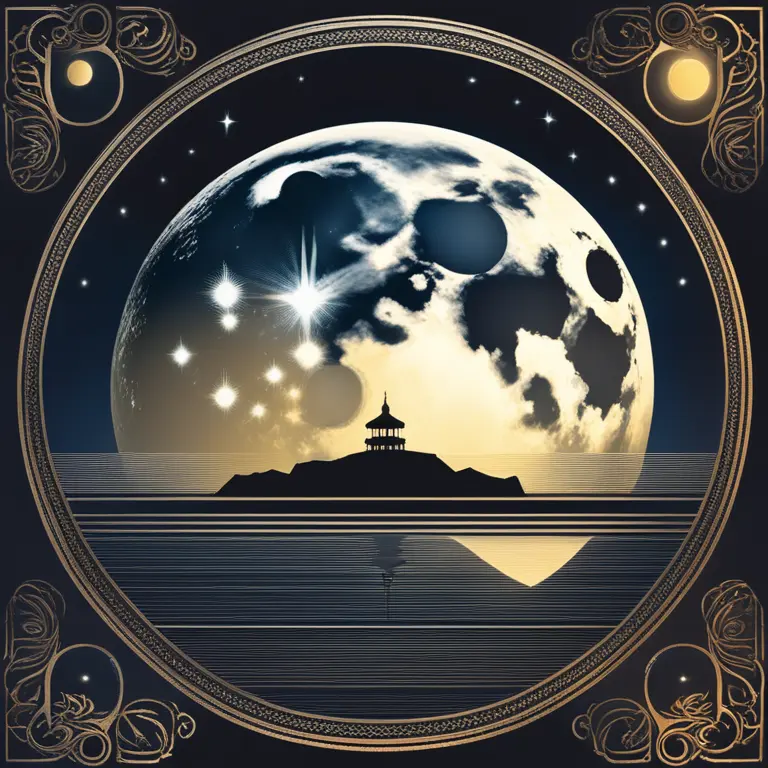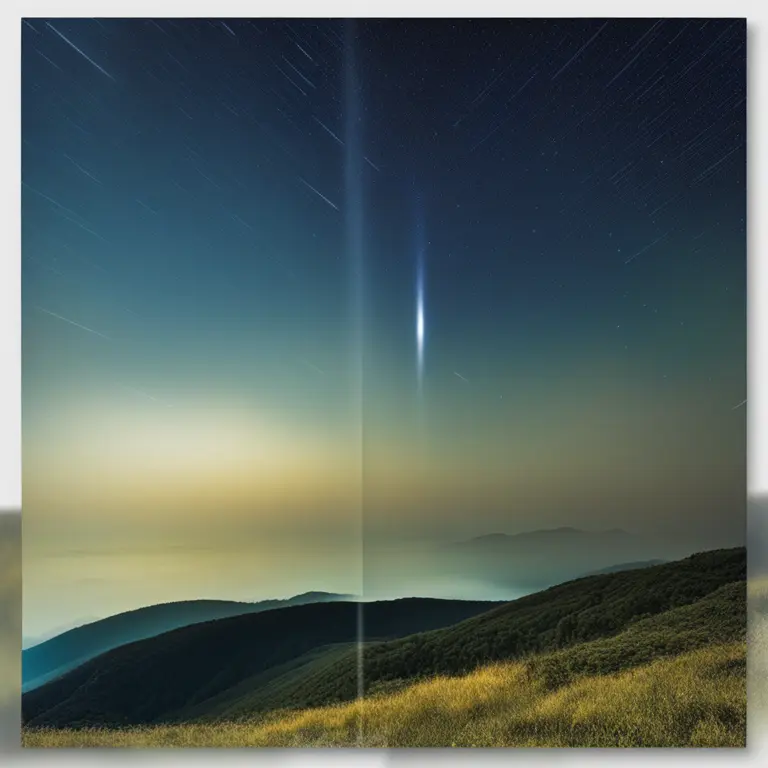
Optimal Moon Phases for Stargazing
Discover the ideal lunar conditions to enhance your stargazing experience. Learn which moon phases provide the darkest skies for celestial observation.
article by Priya Deshmukh
The Dark Sky Advantage
When it comes to stargazing, darkness is your ally. The absence of competing light sources allows celestial bodies to shine with unmatched clarity. Moonlight, beautiful as it may be, can outshine many of the fainter stars and galaxies, making some deep sky objects less visible. For the amateur astronomer or the casual sky gazer, choosing the right moon phase can greatly enhance the night sky spectacle.

New Moon: The Stargazer's Delight
The New Moon phase, when our lunar neighbor is situated between the Earth and Sun, offers the darkest skies. During this phase, the Moon is not visible at night, creating ideal stargazing conditions. The lack of moonlight means that even the dimmest stars and galaxies become more visible, and well-known constellations appear more vivid against the backdrop of space.

Waxing Crescent to First Quarter
As the Moon transitions from the New Moon to the First Quarter phase, its illumination gradually increases. The Waxing Crescent phase still provides relatively dark skies for a few hours after sunset, before the moonrise. Stargazing during this time can be fruitful, especially if you're interested in spotting planets or observing the moon's surface itself as it starts to reveal its features.

Full Moon: A Different Kind of Beauty
The Full Moon is a phase often associated with brightness and wonder, but it's not the best time for stargazing. Its glare reduces the visibility of stars and celestial phenomena. However, it's an excellent time to observe lunar details with a telescope or binoculars, as the Sun fully illuminates the Moon's surface, casting dramatic shadows across its craters and mountains.

Waning Moon: Waiting for Darkness
The period following the Full Moon, known as the waning phases, can be tricky for stargazers. During the Waning Gibbous phase, the moon rises shortly after sunset, but each night it rises later and later. This provides progressively longer windows of dark skies before the moonrise, culminating again in the New Moon phase, where the cycle starts anew.
Planning Your Stargazing Sessions
For persistent night sky enthusiasts, planning is key. Check lunar calendars or use astronomy apps to track the Moon's phases and plan your observations around them. In 2024 and beyond, aligning your stargazing activities with the New Moon phase will help ensure the best conditions. Keep in mind that weather and location also play significant roles in visibility, so pick a spot far from city lights and hope for clear skies.
Published: 1/19/2024
Modified: 1/19/2024
More predictions
Come back here soon to learn more about yourself and your future


Moon Phase Soulmates: Cosmic Bonds in Love
Discover the enchanting connection between moon phases and soulmate relationships in this insightful article on cosmic synergy in love.


The Precision of Moon Phase Watches: A Detailed Review
Delve into the world of astronomical timepieces as we discuss the accuracy of moon phase watches and their place in the realms of timekeeping and astrology.


The Accuracy of Moon Phase Watches
Discover the precision of moon phase watches and their place in the intersection of timekeeping and celestial movements.